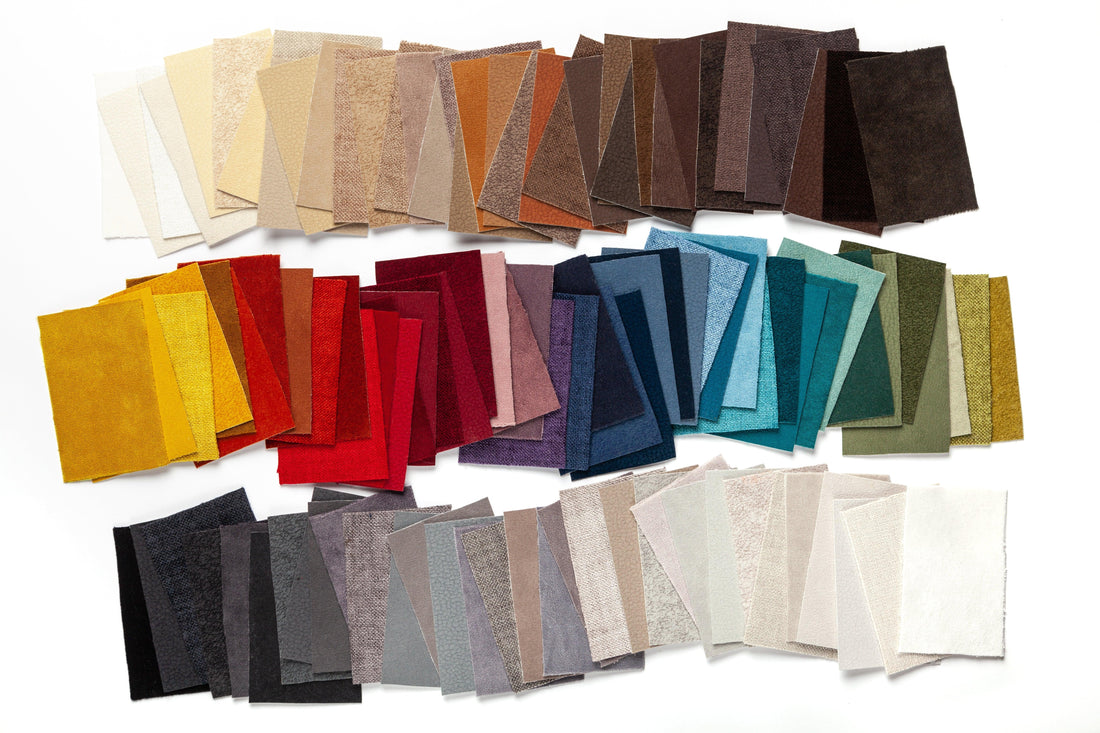
How to select the right upholstery fabric for your home
Share

Selecting the right upholstery fabric for your home involves balancing aesthetics, durability, comfort, and maintenance. Here’s a guide to help you choose the best fabric for your furniture:
1. Consider Durability
-
High-Traffic Areas: If the furniture is used daily (e.g., sofas, dining chairs), opt for durable fabrics like microfiber, leather, or tightly woven synthetic blends.
-
Abrasion Rating: Look for fabrics with a Martindale or Wyzenbeek rating (fabric's ability to resisting abrasion) of at least 15,000 rubs for residential use.
-
Pets & Kids: Choose stain-resistant and easy-to-clean fabrics like performance fabrics, Crypton, or leather.
Click here to order samples of our luxury stain resistant fabrics
2. Choose the Right Fabric Type
-
Natural Fabrics: Cotton, linen, wool, and silk offer a soft, luxurious feel but may require more maintenance.
-
Synthetic Fabrics: Polyester, nylon, acrylic, and olefin are more resistant to stains and wear.
-
Blends: A mix of natural and synthetic fibers provides both comfort and durability.

3. Select a Style That Complements Your Decor
-
Match the fabric to your existing interior style. For example:
-
Traditional homes: Velvet, damask, or jacquard fabrics.
-
Modern homes: Leather, microfiber, or sleek linen.
-
Casual spaces: Cotton or textured weaves like chenille.
-
-
Patterns should match the scale of the furniture—large patterns for big pieces, small patterns for compact furniture.
4. Think About Maintenance, Liz Jordan-Hill's fabric is Stain Resistant
-
Easy to Clean: Choose fabrics labeled as stain-resistant, machine-washable, or water-repellent.
-
Dark vs. Light Colors: Darker shades hide stains, while lighter shades brighten a room but may require more frequent cleaning.
-
Slipcovers: A practical choice for easy removal and washing.
5. Assess Comfort & Feel
-
Touch and test fabric samples before purchasing.
-
Consider the climate—leather and velvet feel warm, while linen and cotton breathe better in hot weather.
6. Allergies & Sustainability
-
Hypoallergenic fabrics like microfiber resist dust and allergens.
-
Eco-friendly options include organic cotton, bamboo, or recycled materials.
Would you like recommendations based on your specific needs (e.g., kids, pets, style preference)?
